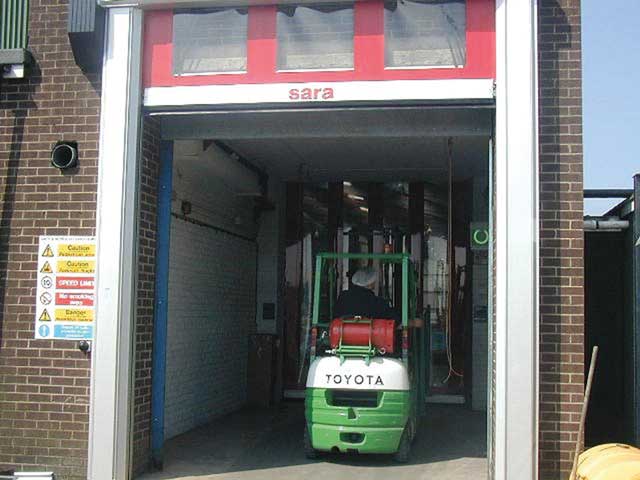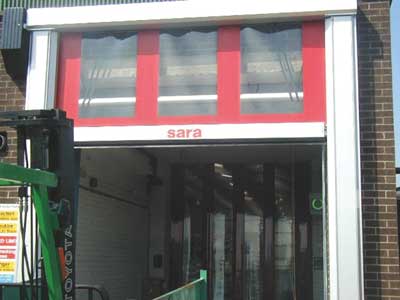
An airlock saved the life of astronaut Tim Kopra. Here on Earth the same concept is used in loading bays when there is a need to isolate the internal atmosphere from the outside. Alan Ryder, area sales manager with loading bay specialist Sara LBS explains
In 2016, while conducting a spacewalk, astronaut Tim Kopra noticed that there was some moisture building up in his helmet. Within a few minutes it had grown into a small pool, and Kopra was in danger of drowning. The mission was aborted: the astronaut hurried back to the airlock where colleagues could come to his aid and his helmet could be removed, and disaster was averted.
I work with airlocks quite frequently in my professional capacity, but fortunately for my blood pressure, they are the sort you find in warehouse loading bays.

This sort of airlock is large enough to accommodate a freight truck and has a large high speed door at either end. The outer door opens and the truck reverses in; once outer door is closed, the inner one opens so that loading and unloading can begin. The purpose is to provide the best possible seal between the outside air and the internal environment of the loading bay and the building it serves.
The interior of the production hall or warehouse is always protected from the outside environment. The loss of heated or cooled air to the outdoors is kept to a minimum and a high level of biosecurity is provided.
Airlocks have a number of other advantages. For instance, they represent an extra layer of security deterrent, and so can be installed at mints and vaults, where high value items are handled. Additionally, the natural delay in entry means that CCTV cameras installed in airlocks are very effective in identifying intruders and non-authorised personnel.
Airlocks are also very popular where the goods being handled are foodstuffs, pharmaceuticals, medical equipment, dangerous chemicals or biohazards. Similarly, they are frequently found in countries that are either very hot or very cold and building interiors are air-conditioned.
There is sometimes confusion between airlock doors and interlocked doors, with many people assuming they are the same. In an airlock, the two doors will automatically work together: the first door closes behind the vehicle and when it hits its bottom limit it automatically sends a signal to the second door to open. In an interlock, the controls of the doors are connected electronically, allowing only one door to open at any one given time. Activation controls are required within the airlock, which the operatives activate once the first door has closed.
Generally, airlocked loading bays include a dedicated personnel fire escape door, though it would typically be recommended that the air lock is not designated as an emergency egress route. However, to be on the safe side, the airlock’s high speed doors can have de-tensioning manual override systems or battery back-up units to assist in escape.
Though Sara LBS airlocks are unlikely to save the lives of astronauts, they provide a very useful service to specialist loading operations, and usually prove to be a sound investment in the long run.
Sara LBS project manages installations from the initial brief, through to consultation with contractors and architects, programming and installation and even after-sales maintenance contracts. If you think that your loading bay could benefit from airlock doors then we offer free on-site surveys nationally.

